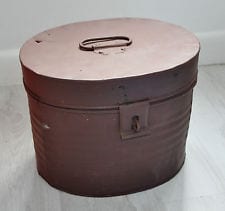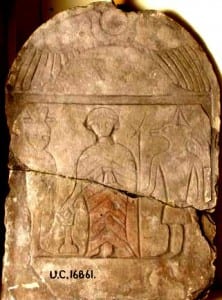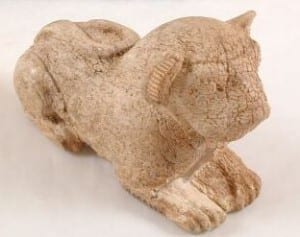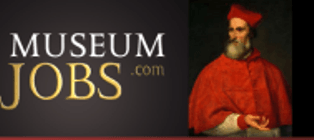The Legend of Petrie’s Head: A Personal Response
By Debbie J Challis, on 9 October 2013
In a recent article for the journal Interdisciplinary Science Reviews, Sara Perry and I explored the myths around the fact that the head of archaeologist William Matthew Flinders Petrie (1853-1942) is a specimen in the collections of the Royal College of Surgeons. We tried to understand the context in which Petrie donated his head to science – his eugenic ideas, his focus on the face, his pedagogical collecting and curation practices – and along the way confronted many of the legends  that have grown up around Petrie’s head. One of the most famous, that Hilda Petrie brought back her husband’s head in a hat box from Jerusalem after World War Two, was repeated in the recent BBC4 television documentary The Man Who Discovered Egypt. In fact, letters in the Petrie Museum archive illustrate that that ‘romantic’ legend is just not true (romantic arguably as it has some parallels with wives such as Mary Shelley retaining their loved one’s body parts).
that have grown up around Petrie’s head. One of the most famous, that Hilda Petrie brought back her husband’s head in a hat box from Jerusalem after World War Two, was repeated in the recent BBC4 television documentary The Man Who Discovered Egypt. In fact, letters in the Petrie Museum archive illustrate that that ‘romantic’ legend is just not true (romantic arguably as it has some parallels with wives such as Mary Shelley retaining their loved one’s body parts).
Second only to the legends about how it got to England are the stories about who has seen Petrie’s head, many of which are true, some of which we chronicled in the article. Petrie’s head became a talking point for archaeologists in ‘the know’ until the publication of Margaret Drower’s 1985 biography which explicitly states where Petrie’s head is. I have not seen Petrie’s head and have no desire to do so while it is locked away in its current state (fully fleshed) in a cupboard. Personally I feel that to gain access just for the sake of seeing the head and saying that I have seen it would be merely titillating and serve no real educational or research purpose for myself or anyone else. (more…)
 Close
Close









